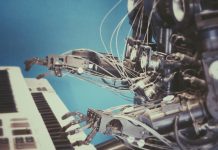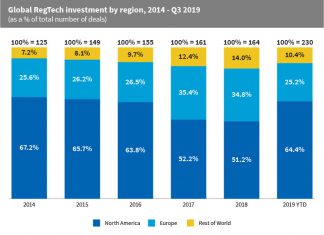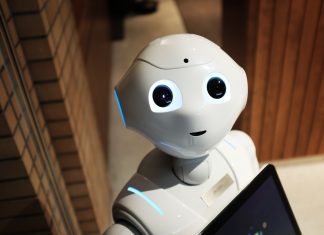Saifr recently dug deeper into the topic of human-in-the-loop and why it is continuing to gain prominence and importance.
The intersection of human expertise and artificial intelligence (AI) is a hot topic across industries, sparking questions about their collaborative future. How much should we lean on AI for decision-making?
To what extent do we need to weave in human judgement? And how do we ensure AI adoption is ethically sound? There’s no universal blueprint for this, but the human in the loop paradigm is gaining traction as a way to responsibly and effectively harness AI.
Human in the loop explained
Human in the loop isn’t a novel idea, but it’s gained prominence with recent AI leaps. It’s about integrating human feedback into AI development and usage. This method strives to balance AI’s computational abilities with the contextual judgement and situational awareness unique to humans.
By involving humans, AI’s accuracy and performance are honed, and ethical, safety, and legal concerns can be better managed. It underscores the essentiality of human oversight across the entire AI lifecycle, as the technology’s pace continues to surge.
Human contribution during AI development
Between 60-80% of AI initiatives stumble during model construction, often due to insufficient human involvement, particularly in the formative stages. Humans play a pivotal role in building AI models that are robust and reliable. Their contributions include curating and cleaning data, labelling it effectively, mitigating inherent biases, and conducting rigorous testing.
This human input is what allows AI to better mirror the complexities of real-world scenarios and avoid the errors that may lurk within raw datasets. Continued human input, even post-deployment, is crucial for maintaining AI’s accuracy and relevance.
The role of humans with deployed AI systems
After deployment, keeping humans in the loop is just as critical, ensuring AI’s outputs are both precise and ethically sound. Reviewing AI-generated content or data analysis results is a must.
Think of AI as a diligent intern—it can perform tasks independently, but its work requires a human’s final touch. Users must check for quality, verify facts to prevent the AI from presenting incorrect information, and provide feedback for improvement. This collaboration between humans and AI is what upholds a firm’s quality and reputation.
Ethical implications of human oversight in AI
Ethics are at the heart of the argument for human involvement in AI processes. AI alone cannot be trusted to navigate the moral implications of its outputs. Humans must steer it to avoid biases, ensure accountability, and prevent over-reliance which could lead to a lapse in judgement. Keeping humans in the loop is more than just a technical necessity—it’s a moral imperative to maintain the integrity of AI’s role in society.
Read the full post here.
Copyright © 2023 RegTech Analyst
Copyright © 2018 RegTech Analyst









